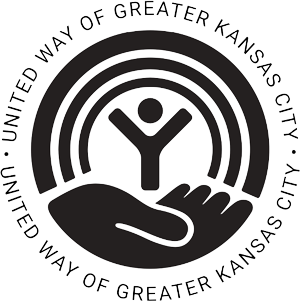Planned giving encompasses various strategies that allow donors to support nonprofits while also providing tax benefits and ensuring their philanthropic goals are met. Here’s an overview of some key planned giving strategies, including tax-saving methods, for both donors and nonprofits:
Qualified charitable distributions (QCDs) through IRAs
- Individuals aged 70½ or older can make direct charitable contributions of up to $100,000 per year from their Individual Retirement Accounts (IRAs) to qualified nonprofits. These distributions count towards the required minimum distribution (RMD) and are excluded from the donor’s taxable income.
Extended giving or “bundling” through donor-advised funds (DAFs)
- Donor-advised funds are charitable giving accounts administered by a public charity. Donors contribute to the fund and can then recommend grants to qualified nonprofits over time.
- Bundling involves aggregating several years’ worth of charitable contributions into a single tax year, potentially allowing the donor to itemize deductions in that year and take advantage of the higher deduction threshold.
Appreciated stock donations to minimize capital gains
- Donating appreciated stocks or other securities directly to a nonprofit can provide tax benefits. Donors can generally deduct the fair market value of the donated securities on their taxes without paying capital gains tax on the appreciation.
Tax loss harvesting
- Tax loss harvesting involves selling investments that have experienced a loss to offset capital gains and potentially reduce taxable income. Donors can then use the proceeds to make charitable contributions, which may provide additional tax benefits.
Estate planning
- Including charitable bequests in a will or living trust allows donors to support nonprofits with assets from their estate after their passing. This can potentially reduce estate taxes and leave a lasting legacy.
- Donors may also establish charitable remainder trusts or charitable lead trusts, which can provide income to beneficiaries for a specified period before the remaining assets are transferred to charity.
Life insurance
- Donors can name a nonprofit as the beneficiary of a life insurance policy or donate a policy outright. Premiums paid on policies donated to charity may be tax-deductible, and the death benefit can provide support to the nonprofit upon the donor’s passing.
These strategies offer donors opportunities to support causes they care about while also maximizing tax benefits. It’s essential for donors to consult with financial and legal advisors to determine the most suitable planned giving strategies based on their individual circumstances and philanthropic goals. For more information on any of the above philanthropy strategies, email TSMKC’s Executive Director Rachel Segobia at rachel@thesinglemomkc.org or through the link below.
Other ways to support TSMKC
There are even more ways you can give to and support The Single Mom KC!
